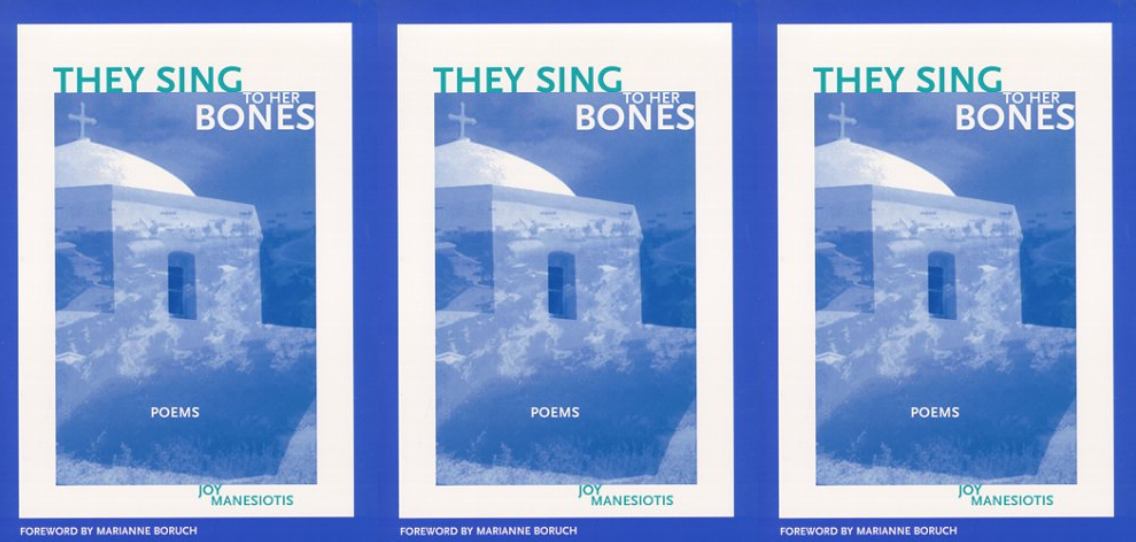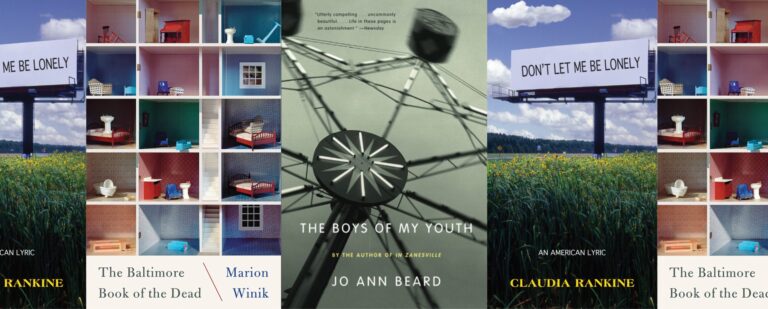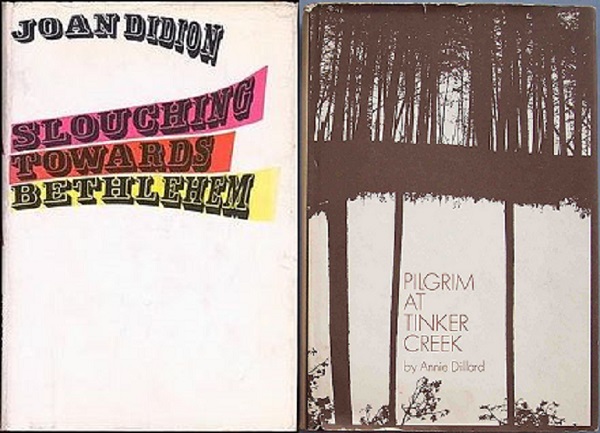The Transformative Magic of Reading Living Writers

When I began reading poetry seriously in middle school, I used to daydream about getting to college and taking a class in poetry. A little less than a decade later, when I finally got there, much was exactly as I envisioned: the doorstopper of an anthology, the discussions on prosody in Philip Larkin. What was surprising was that my professor decided to teach a single volume of poetry from a debut writer, Joy Manesiotis, whose collection They Sing to Her Bones had recently come out from New Issues Press. Manesiotis would be a visiting writer shortly after we were to read her book and she would give a reading, lead a workshop, and talk to us about life as a poet.
All of this sounds unbelievably quaint now: it’s de rigueur for professors to teach contemporary collections in their classes, and for their authors to visit or Skype in. Many teachers I know teach collections exclusively by emerging writers. But at the time, nearly twenty years ago, and for me, going to a school that you won’t have heard of in small-town Middle America, I couldn’t believe that I was going to be reading, and meeting, a poet who was alive, writing now, at the beginning of a journey that I myself was just starting to realize I might also want to take.
When the NEA released a report this past September looking at trends in “arts attendance and literary reading” since 2002, the increase in poetry readership grabbed the headlines. From 2002 to 2017, poetry readership shot up by 76 percent. Groups that showed particular increases: women, people of color, and those between the ages of 18 and 24. At the same time, the number of people who read fiction was on the decline.
There is no data as to what, exactly, is behind the increase, although there have been plenty of thinkpieces: the role of social media, the spotlighting of young poets in the media, the political relevance of poets who now seem to often occupy roles as resistors and gadflies.
For me, what’s important is that this data seems to show very clearly that readers need to be exposed to living writers. Poetry reading isn’t increasing because people are rediscovering Edna St. Vincent Millay or Robert Hayden, though rediscoveries may be a happy byproduct of readers’ increased exposure to living writers. Poetry readership is increasing for the same reason that reading Manesiotis was a pivotal factor in turning me into a lifelong reader of poetry: these contemporary writers are helping us make sense of the now, showing us how to forge a path in life through the consumption and making of art.
Manesiotis’ book, They Sing to Her Bones, which came out in 2000, also taught me moves that showcased what contemporary poetry was capable of. I fell in love with one poem especially, called “Fugue,” in which the speaker is involved in what seems like a serious car accident. Manesiotis switches back and forth between two disparate contexts in the poem, one a contemporary reality in which the accident occurs and one a kind of dream world where, the speaker declares in the opening line, “Sometimes I was in the body of the young boy.” In this latter, Wonderland-esque world, the young boy is part of a royal entourage moving down a river in a boat made of “lady slipper cups.”
Other than, perhaps, “The Wasteland,” I couldn’t remember reading a poem before “Fugue” that moved associationally back and forth between different contexts in this way, that embraced the juxtapositions that the two narratives created when put side by side despite their not clearly being connected. I was used to poems by dead poets, which so often were glued together with narrative or with rhetoric, but not usually pure image. I was in awe of the self-consciousness of the traveling back and forth between the separate worlds. The shifts, marked by asterisks, were not just how the poem moved, but contained the poem’s meaning. The combination of the two stories—that strange courtier out of time on a river journey and the speaker’s slow-motion apprehension of the car about to hit her, “my future approaching my present”—was the point, and that combination produced a third thing, the “fugue,” alluded to in the title. Was the “fugue” the kind we mean in music, in which a melody is introduced in one part of a composition and then interwoven by other parts? Or was “fugue” meant psychologically, as a state of traumatic amnesia or dissociation? It was both, of course, that single word turned like a prism to scatter different meanings.
I read Manesiotis’ poems deeply both because I was required to, but also because I felt that I was in the presence of a new thing. That newness was partly unique to Manesiotis, to the particular feeling that accompanies discovering a writer whose work resonates deeply. But that new thing was also partly the excitement of reading a living writer. “Fugue” is a poem I come back to again and again because it was a doorway for me, a glimpse not into the past where poems seemed to live before, but into the present. They Sing to Her Bones, on the whole, showed me an aesthetic that made me want to seek out more writing by living writers, and it taught me a way of reading that I’ve carried with me ever since.


